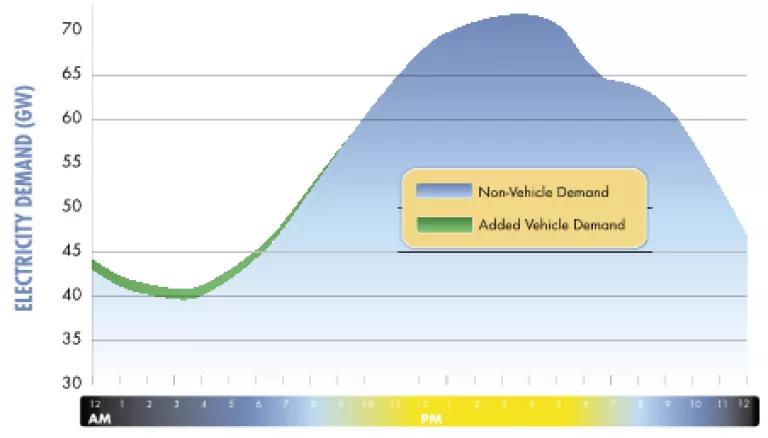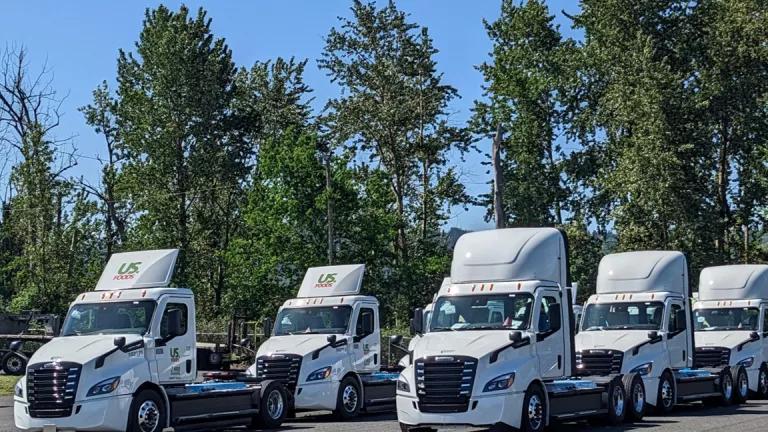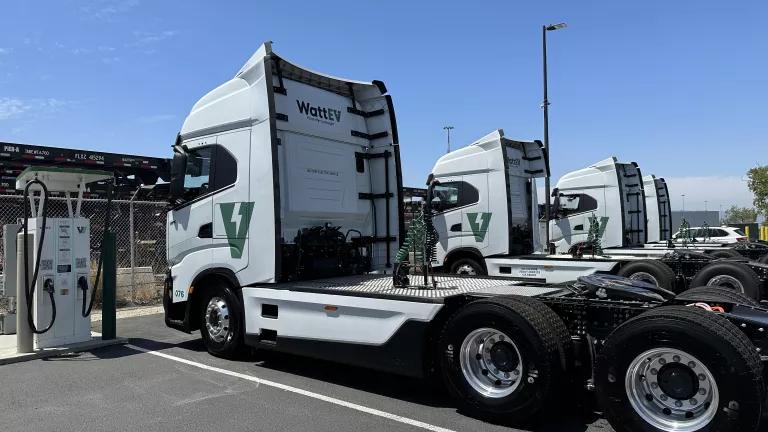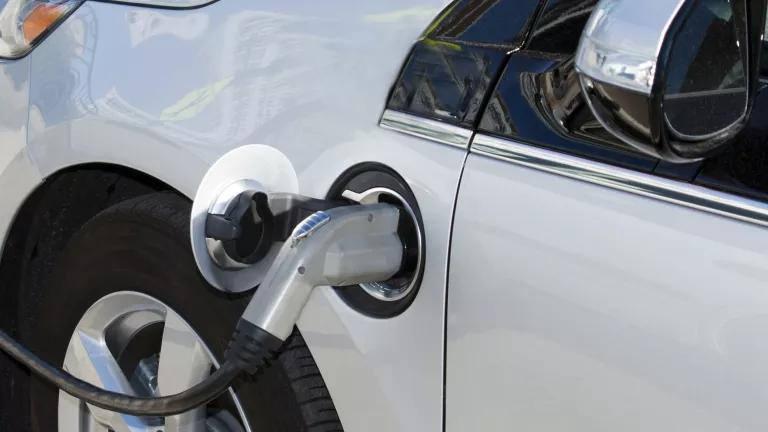The California Public Utilities Commission today unanimously approved policies that will keep California at the forefront of efforts to speed the adoption of electric vehicles.
This vote represents a significant step towards fulfilling the Commission’s statutory mandate to “overcome any barriers to the widespread deployment and use of plug-in hybrid and electric vehicles,” clearly articulating the critical role electric vehicles and electric utilities will play in meeting the state’s environmental goals. The Commission’s decision also points the state in the right direction as Chevy Volts and Nissan Leafs hit California’s streets in increasing numbers, with many more models to follow soon.
The decision adopted today was the culmination of a collaborative rule-making which began in 2009 involving electrical utilities, consumer advocates, automakers, electric vehicle charging companies, and environmental groups. This compliments the efforts of the California Plug-in Electric Vehicle Collaborative, a state-wide effort to prepare for electric vehicles. My colleague, Roland Hwang, has previously explained the importance of this group’s strategic plan, to which NRDC is a signatory:
We are very pleased that the Public Utilities Commission implemented several of the key recommendations included in “Taking Charge.”
The Commission regulates investor-owned utilities, which provide the juice that make electric cars go. Today, it directed those companies to ready their customers for electric vehicles and to educate those interested in driving on electricity about the environmental and societal benefits of making the switch from gasoline, including reduced dependence on oil, cleaner air, and reduced carbon dioxide pollution. The Commission also directed utilities to work with automakers and other parties to develop a process to notify utilities as to the location of charging stations so they can be integrated in the most efficient and cost-effective manner. These efforts could serve as a model for nationwide electric vehicle deployment.
The Commission also improved the economics of electric vehicles. Specifically, the Commission refused to adopt special fees on electric vehicles—fees that are not assessed on hot tubs, air conditioners or other devices that demand similar amounts of electricity but provide none of the environmental benefits. In addition, the Commission also directed utilities to adopt electric vehicle rates that allow all customers who charge their cars when the electrical grid is underutilized the opportunity to maximize their savings relative to gasoline. There’s plenty of spare grid capacity during the night and early morning hours to charge cars (see the green slice in this chart):

Hypothetical California summer electricity demand, 2020, with 1 million electric vehicles charging off-peak
Californians who charge their vehicles during these off-peak hours will enjoy electricity that costs just a little more than buck-a-gallon gasoline. In contrast to the notoriously volatile and impossible to predict world oil market, you can bet on those savings.
It’s still early days for this new generation of electric cars, and the Commission didn’t attempt to answer questions that are better put off until more experience is gained, but it did order utilities to collect real-world data that will inform future policies. Today’s decision also points towards a future in which intelligent vehicle charging is coupled with ever-increasing levels of clean, renewable electricity. When the wind blows, the cars charge.
Already, driving on California’s relatively clean mix of electricity generation emits about a quarter of the amount of carbon dioxide pollution as the average car. To find out how much you’d reduce your carbon dioxide pollution, plug your zip code into this EPA website. Here’s how a Nissan Leaf compares to the average car, both on the national electricity mix, and on the electricity mix in my hometown, Petaluma:

Reductions will be even greater as we add more renewable generation and make intelligent vehicle charging the norm. We’re not there yet, and the Commission will continue to play a critical role, but today’s decision moves California one step closer to making that vision a reality.



